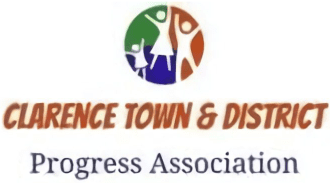
Since January 2025, Dungog Shire has been declared a natural disaster area on four occasions with widespread flood damage to our infrastructure. Emergency works have resulted in the expenditure of approx. $4.2 million from Council’s own funds.
We submitted claims reimbursement through the Disaster Recovery Funding Arrangements (DRFA), which are a cost sharing agreement between the Commonwealth and the States. Unfortunately DRFA only funds restoration rather than building back better to improve resilience for future events. Council staff have expended considerable effort to prepare and submit claims but to date, no reimbursements have been received.
The NSW Government has transferred administration and oversight responsibilities to the NSW Reconstruction Authority in order to improve governance and oversight of the DRFA while providing support to Councils. We hope this makes it easier to get the help our community needs.
Main Roads Funding
Prior to 1995, the NSW Government fully funded all Main Roads throughout the State. However, that year the most heavily trafficked roads were reclassified as State Roads, while those of secondary importance were transferred to Councils as Regional Roads, which are only partly funded by the State.
Funding is provided for maintenance through a formula based Block Grant, and under the REPAIR Program the State contributes 50/50 funding towards the cost of rebuilding. Councils, however, received no new funding source to pay their required 50% contribution.
These changes have been very adverse for Dungog Shire, as we are the only council area in NSW without any State Roads, and the ongoing funding for Regional Roads is inadequate. Our neighbouring councils, being classified as Urban rather than Rural, receive significantly more in their Block Grants to maintain the same types of roads. We get $11,048 per kilometre for our 122 kilometres of Regional Roads, while Port Stephens receives $19,071 per kilometre for 56 kilometres, and Maitland receives $36,450 per kilometre for 19 kilometres.
Applications under the REPAIR Program involve a cost– benefit analysis, competing with projects from our neighbours. Traffic counts play a major part in this assessment, and only about 20 kilometres of our Regional Roads network record sufficient traffic to qualify for REPAIR funding. The remaining 100 km can only be “maintained” unless we contribute more than the stipulated 50%. Since 2015, Dungog Shire has paid twice what we should—yet still only manages to upgrade about one kilometre of road annually.
Your local B Ward Councillors:
James Campbell 0484 599 709
james.campbell@dungog.nsw.gov.au
Steve low 4996 4022
steve.low49@gmail.com





